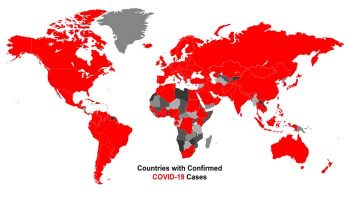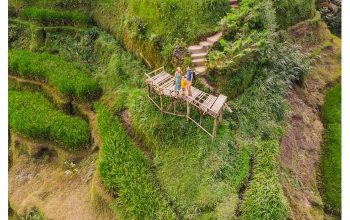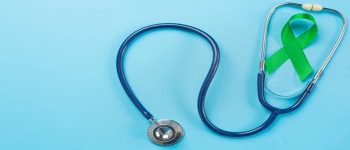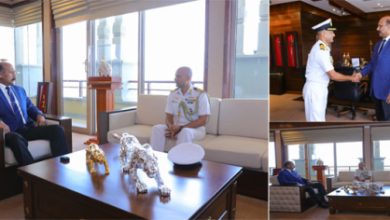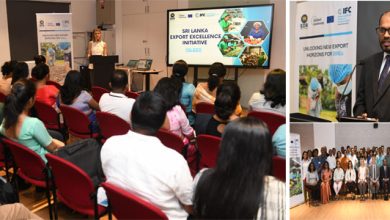
The Civil Security Department (CSD), operating under the Ministry of Defence, has significantly contributed to ending the three-decade-long war and continues to play a vital role in ongoing development projects and society’s overall well-being.
Marking another leap forward, the government, under the direct intervention of State Minister of Defence Hon. Premitha Bandara Tennakoon, has decided, to provide labour support from the CSD for the construction of houses for the CSD members who do not currently own a house and for the repair works of existing houses.
Accordingly, during the initial stage, 100 CSD members will benefit from this initiative. In a press conference held at his office in Colombo yesterday (Aug 15), the State Minister announced this initiative and further stated that CSD members have been instructed to submit detailed applications to the Director General of the CSD. Arrangements will be made to provide the necessary facilities to members selected through specific criteria.
Furthermore, in response to the request from the CSD, the government has decided to increase the daily ration allowance from Rs. 350 to Rs. 500. Minister Tennakoon further stated that the above increase is implemented after considering the current economic climate in the country and that it will, to some extent, help the CSD members to stabilize their living conditions.


